Razed and Rebuilt
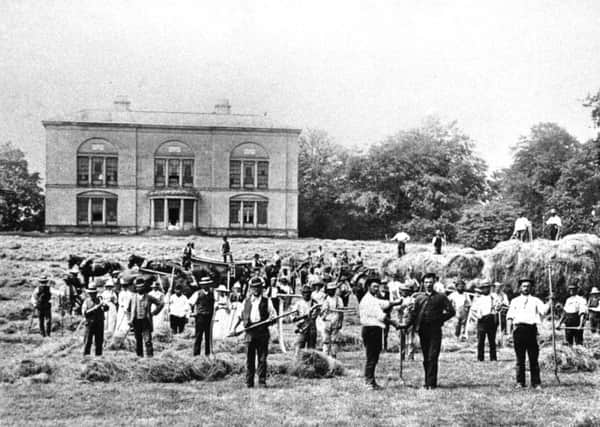

With all that in mind, it is difficult to imagine that an old country house, ravaged by a fire in 1911, could rise from the ashes and still exist today in much of its former glory. Sledmere House is proof this can happen.
Around noon on Tuesday, May 23, 1911, 85-year-old Sir Tatton Sykes 5th Baronet, described as a rather withdrawn man, was quietly eating his lunch and looking forward to moving on to his pudding.
Advertisement
Hide AdAdvertisement
Hide AdUnknown to him, a roof-beam, protruding into the chimney above the kitchen in the north-east wing, was smouldering. Steadily the fire began to spread to other roof-beams and then it really took hold, black smoke billowing across the sky.
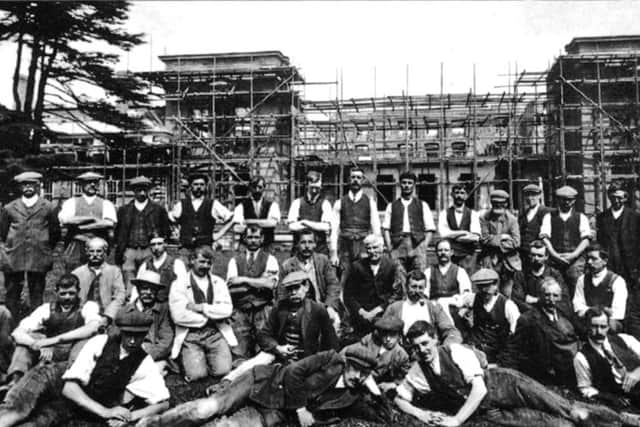

The great bell of the hall was rung to sound the alarm, summoning the help of estate employees: farmhands, grooms, coachmen and just about everyone available – even children from the local school.
Sledmere agent Henry Cholmondeley ran into the dining room to inform Sir Tatton of the calamity, but seemingly unimpressed he calmly said ‘I must finish my pudding.’
At this period, fire brigades were primitive and mostly ineffective to deal with a large blaze. The Malton fire brigade, located 12 miles away, made its way as quickly as possible across the difficult terrain in wooden wagons hauled by heavy horses. The Driffield fire brigade was also on its way.
Advertisement
Hide AdAdvertisement
Hide AdBefore any of them arrived attempts were made to quell the flames by a human chain of villagers passing buckets of water between a reservoir and the house. Of course this was useless. Hoses brought by Captain Jackson of the Malton fire brigade arriving independently were attached to fire hydrants near the house and attempts were made to spray water on flames engulfing the roof at the north east corner. This, too, was futile.
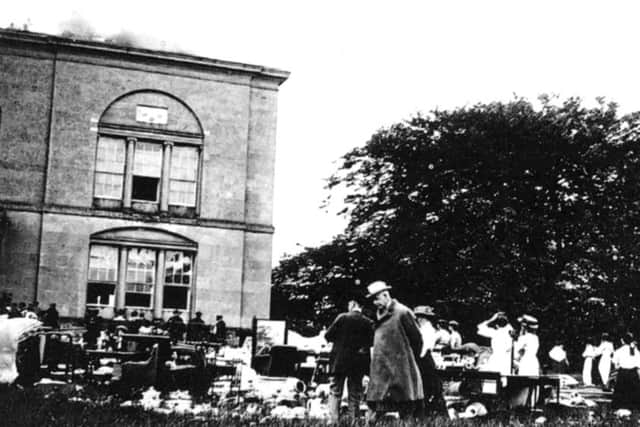

However, Mr Cholmondeley ordered the human water bucket chain to relocate and salvage as much of value as possible from the burning house. Reports stated that servants behaved with pluck and coolness in removing anything that was easily carried, such as paintings, glass, china, carpets and furniture; the maidservants ‘acting as coolly and bravely as the men’. The fire, however, was now gaining rapid hold and was fanned by a slight breeze, which caused all the upper rooms of the east wing to blaze fiercely.
The Driffield Brigade, arriving about half past two, were only equipped with a manual engine, and this was quite useless for projecting water to the roof. The Malton brigade, having experienced some difficulty with horses, and some very steep hills to climb, arrived shortly after three o’clock. They immediately got to work in the courtyard at the back of the house and with their steam appliance sent streams of water on to the roof.
Shortly after the arrival of the Driffield Brigade the roof of the east wing fell in with a crash, and this rendered the work of the rescue parties more difficult and dangerous.
Advertisement
Hide AdAdvertisement
Hide AdOn the lawn outside, strewn as far as the eye could see were priceless antiques of every description. Rare books in the splendid vast library were hastily thrown outside to eager rescuing hands below.
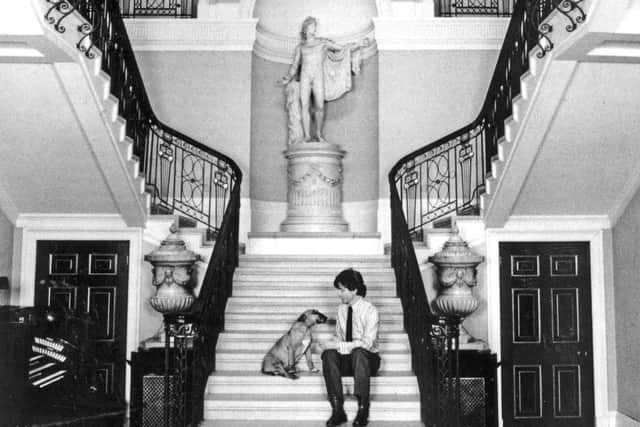

Having been rudely interrupted from his lunch, Sir Tatton walked up and down, with a sullen expression and his arms folded behind his back. He asked if a sculpture, a copy in marble of the famous Apollo Belvedere, weighing almost a ton could be saved.
‘Score of hands volunteered to remove the statue’, recorded The Yorkshire Post, and the large figure was carefully carried outside.
At noon the following day, the former house was nothing but a roofless shell. The damage was estimated at around £60,000 but practically everything of value had been saved.
Advertisement
Hide AdAdvertisement
Hide AdThe house dated from the 18th century. In 1751 Sir Richard Sykes (1706- 1761) demolished a medieval mansion and built a new house. He left no male heir and on his death the estate passed to his brother, Sir Mark Sykes (1711-1783). Sir Mark’s son, Sir Christopher Sykes, 2nd Baronet (1749-1801), described as an accomplished amateur architect, remodelled the house between 1779 and 1780, adding two new wings and landscaping the grounds. He also employed Joseph Rose, the most noted plasterer of his day, to decorate Sledmere. This was the house wrecked by the 1911 fire.
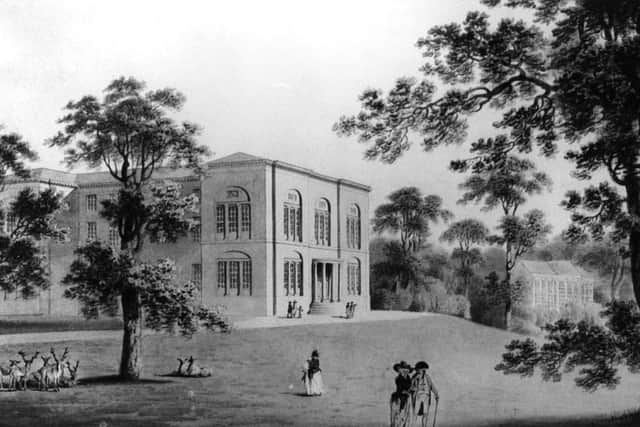

Speaking after the tragic event, Sir Tatton said he intended to rebuild the house at the earliest opportunity. Walter Henry Brierley (1862-1926), his architect, had already been consulted, and he thought there would be no difficulty in reproducing the house in all the features which gave it distinction. His son, Lieut-Col, Mark Sykes, had all the plans and copies of the decorative schemes, and these would be faithfully reproduced.
Sir Tatton spoke regretfully of the loss of the library, one of the finest features.
Commenting on the fire and efforts to fight it, Sir Tatton said the real difficulty was in obtaining an adequate water supply. ‘This has always been a difficulty at Sledmere’, said the Baronet, ‘and we only had the ponds to rely on.
Advertisement
Hide AdAdvertisement
Hide Ad‘How to ensure an adequate reserve of water to cope with an outbreak of fire in the future will be one of the chief problems when we rebuild the house.’
For an in-depth history of Sledmere House see Christopher Sykes’s book The Big House (2004).